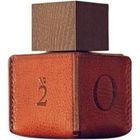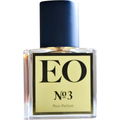We may earn a commission when you buy from links on our site, including the eBay Partner Network and Amazon.
A limited perfume by Ensar Oud for women and men, released in 2009. The production was apparently discontinued.
Compare Limited
Compare Limited
Fragrance Notes
 Baltic amber
Baltic amber  Blossoms
Blossoms  Cinnamon
Cinnamon  Exotic fruits
Exotic fruits  Musk
Musk  Orange
Orange  Orchid
Orchid  Unfiltered Cardboard
Unfiltered CardboardNo ratings yet.
Submitted by Chizza · last update on 02/07/2024.
Source-backed & verified
Smells similar
What the fragrance is similar to
































